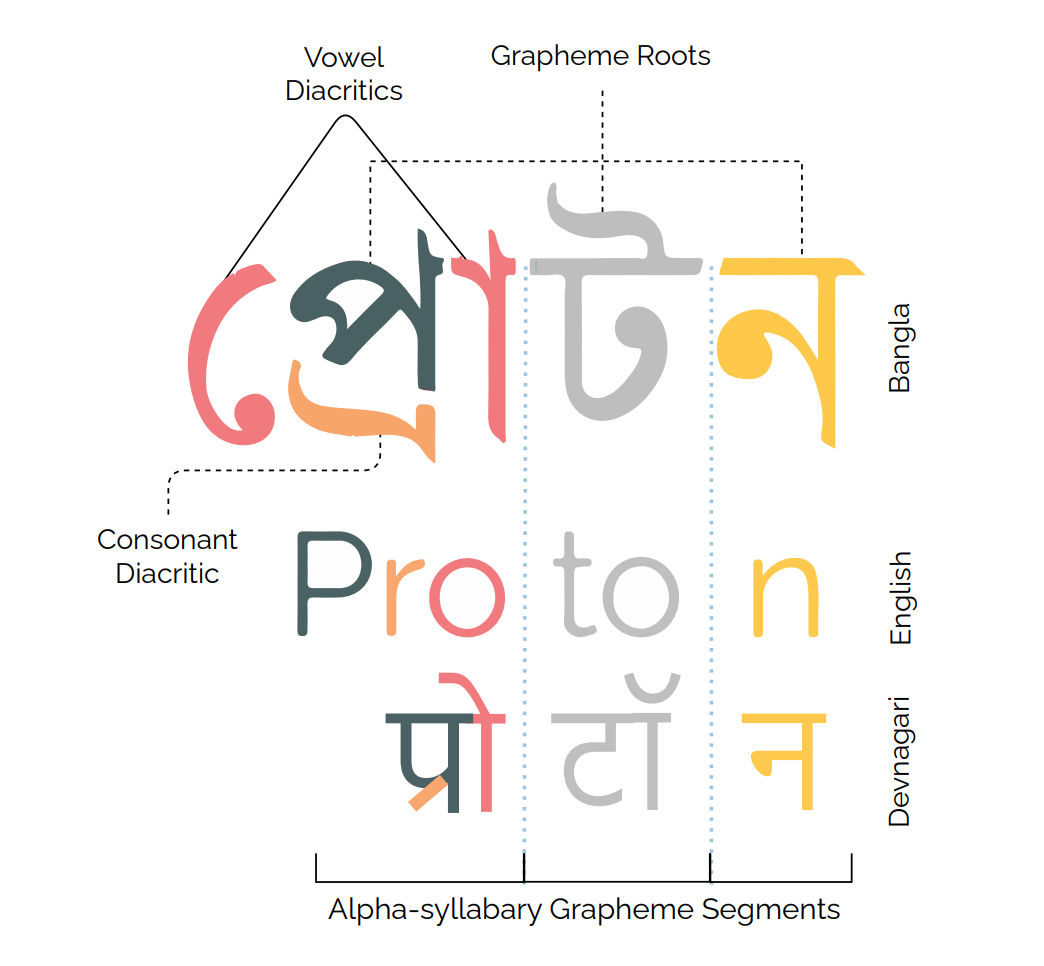Investigating Semantic Roles for Emotion Role Prediction
A little detailed scientific report on this project is available on Researchgate. Please feel free to read and share your feedback with me over email
Emotion analysis primarily focuses on classifying, predicting and retrieving emotions and their related properties from text. However, only few research was conducted towards analyzing the semantic roles of emotions, i.e. who is experiencing which emotion, what caused it and what or whom is it directed towards. This project investigate the influence of semantic role labels on emotion role prediction. Building on top of previous approaches and resources, I've implemented a framework for predicting emotion roles using different features with co-researcher Maximilian Wegge. We find that semantic role label features have no significant influence on the task and identify two possible reasons for that.



